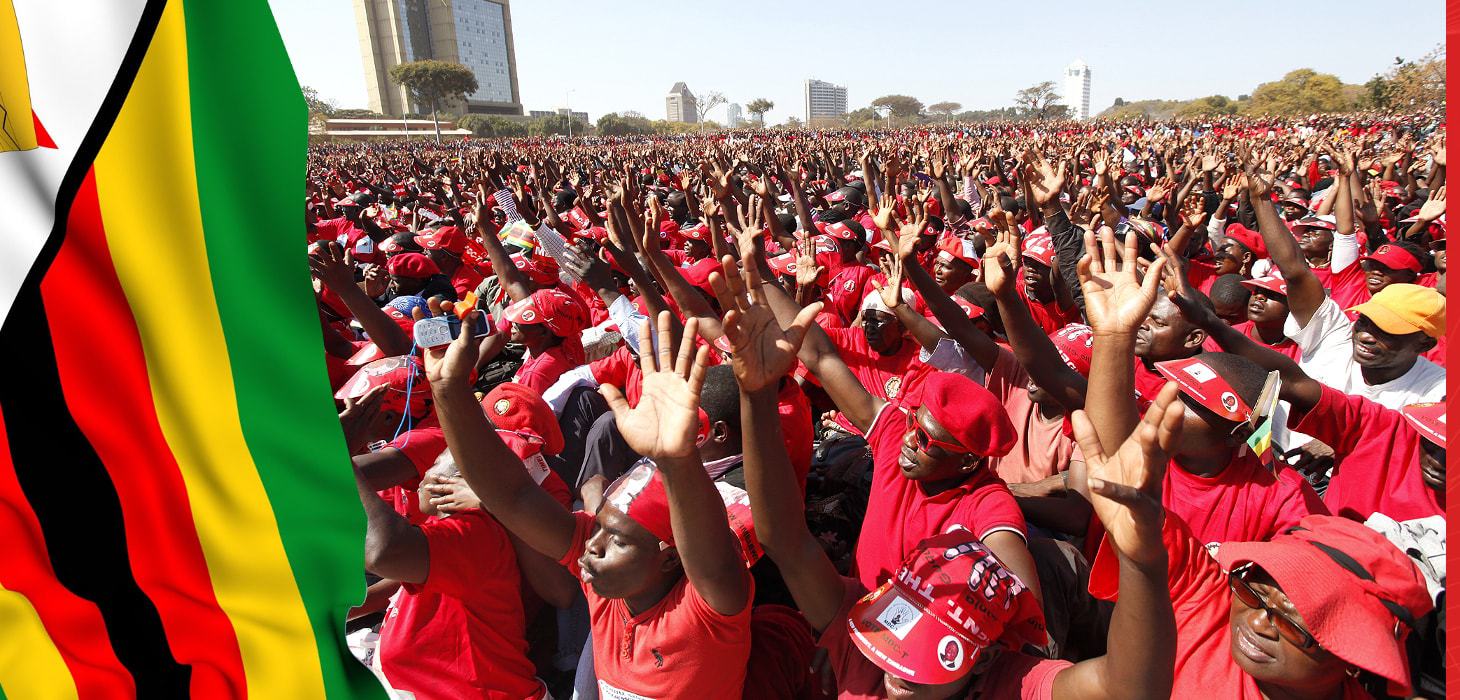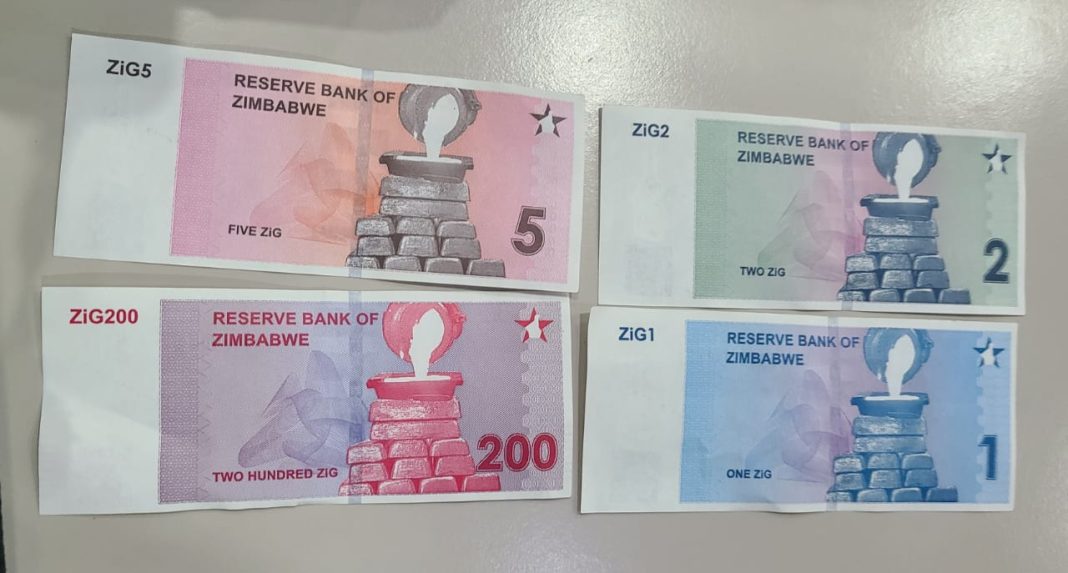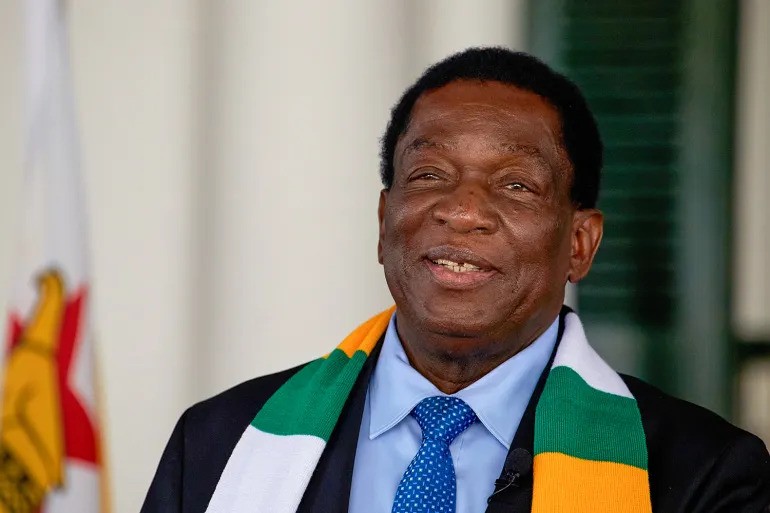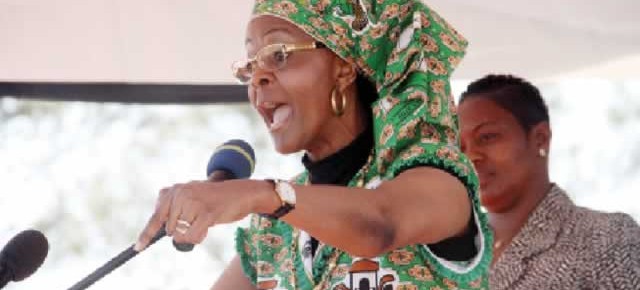
By Freeman Chari
The ballot paper myth is a ruse that is meant to distract MDC from the core of the rigging machinery. ZEC and ZANU PF will initially resist efforts for transparency on ballot papers. This resistance would be a decoy so that at the end, they will concede and appear as if they have made a huge concession. This allows them to hold out on the main parts of the rigging system while giving the opposition a sense of triumph.
In reality, the rigging process is already underway today. This is how it works. Zimbabwe has 24 000 reserve forces of these about 9 000 double up as Military Intelligence operatives and informers. Every ward has a cell of 5-10 Ground Coverage Operatives drawn from Military Intelligence, CIO and PISI. Previously these operations were overseen by a District Intelligence Operative usually from CIO but it seems they have mainly been replaced by Military Intel Officers.
Zimbabwe has 1958 wards of which 1623 are in areas considered to be rural. ZEC’s delimitation and polling station distribution is area based and not population based. For example In 2013 Mashonaland West which is a ZANU PF stronghold had a voter population of 712 667 , has 231 wards and 1303 polling stations. On the other hand Harare which is an MDC stronghold had 826 273 voter population, but had 78 wards including Chitungwiza and a mere 875 polling stations. On the flip side Harare has 29 constituencies while Mash West has 22.
Section 160 of the Zimbabwe Constitution is explicit on the number of constituencies Zimbabwe must have; however it is silent on the number of wards that the country should have. This has given ZEC a leeway to decide. It is this loophole that has been exploited by ZANU PF to tilt the scales.
Why is this important? Lets work with Mashonaland West for example. In every ward, there are about 10 people who constitute the Intelligence Ground Coverage Team. Which is about 2 310 in the whole province. On average each ward has about 5 polling stations. Tobaiwa Mudede is a key player in all this. These operatives have multiple identity cards, probably 20 on average.
What this means is, with the polling-station-based voting system, each one of them can vote 20 times at different polling stations. In reality this can amount to 44 000 extra votes for ZANU PF. If spread across the 22 constituencies, while MDC is starting at zero, ZANU PF would be starting at 2000 votes. Now if this were to be replicated in 7 more predominately rural provinces, Munangagwa would be starting at 352 000 votes.
What about BVR? On the day of voting there won’t be any verification that the person who is voting is the actual bearer of the fingerprints in the system. That part is called Biometric Voter Verification (BVV). With this in mind it becomes useless to even begin to talk about data integrity. Zimbabwe has kept digital fingerprints since they started plastic ID cards in 2004. Remember when Mudede said 2 million people have died since 2013? What this means is Mudede can get 352 000 fingerprints from dead people and assign them new names.
There are other more sophisticated ways of generating Synthetic Fingerprints which derive from the works of R. Cappelli and D Maltoni. One of them is SFINGE (acronym for Synthetic FINgerprint GEnerator) you can see some of the synthetic fingerprints here http://biolab.csr.unibo.it/ResearchPages/SfinGe_Samples.asp
Indelible ink is just Carbol Fuchsin that we use in Medical Laboratories to stain tuberculosis bacteria and can be easily removed using 1% Acid Alcohol. All that these people need is transport, and that is where the fleet that was recently bought might become useful.
So what should MDC do? My recommendations are that MDC should:
1) Insist on Biometric Voter Verification. There are a number of offline biometric verification systems that can be preloaded with all eligible voters’ data for each polling station eg GenKey’s. Each unit costs about $1000 and can store upwards of 10000 people. If each polling station was to get two thats about $20 million. Thats not much when a country wants a democratic election.
2) MDC should insist on polling station density in cities that is comparable to other regions based on population. Harare must have more polling stations that Mashonaland West given that it has more registered voter population.
3) If ZANU PF pushes for an election without the above two, then it becomes imperative that MDC resists and should never enter such a skewed race.






